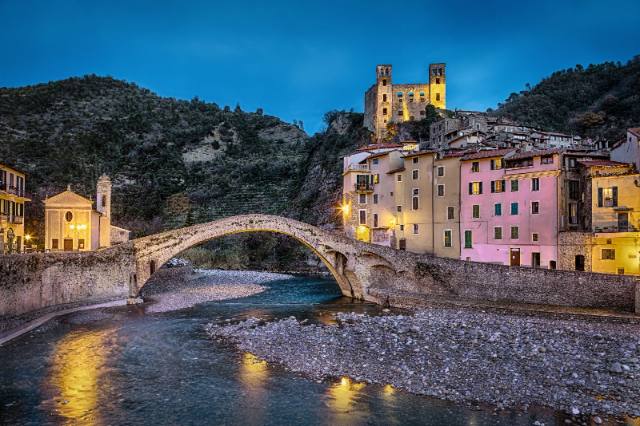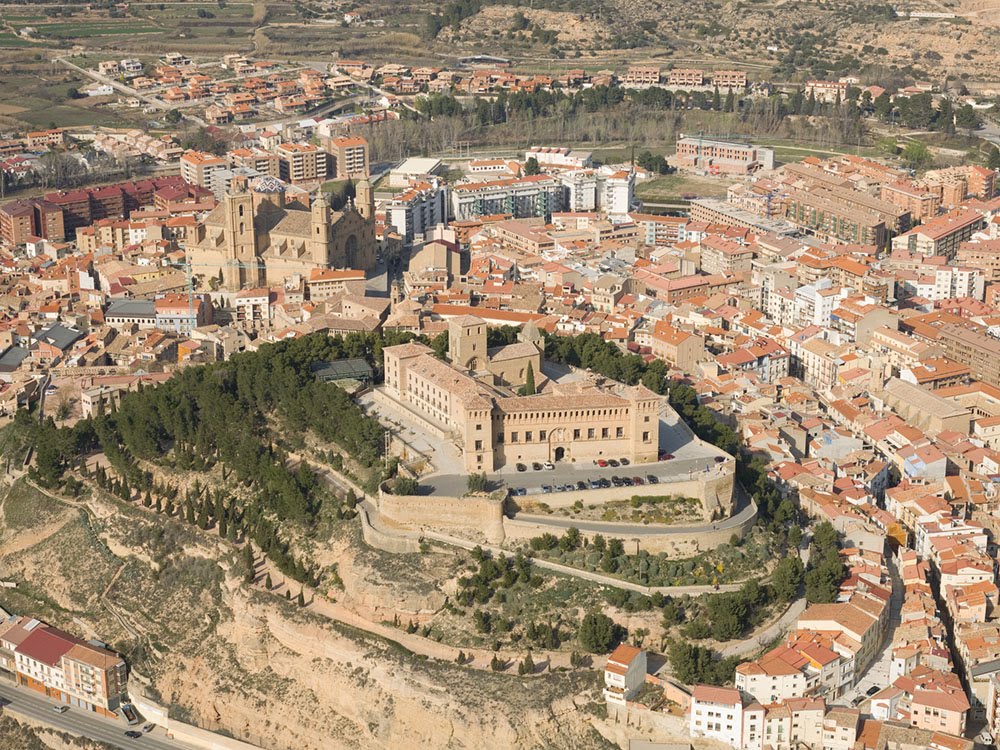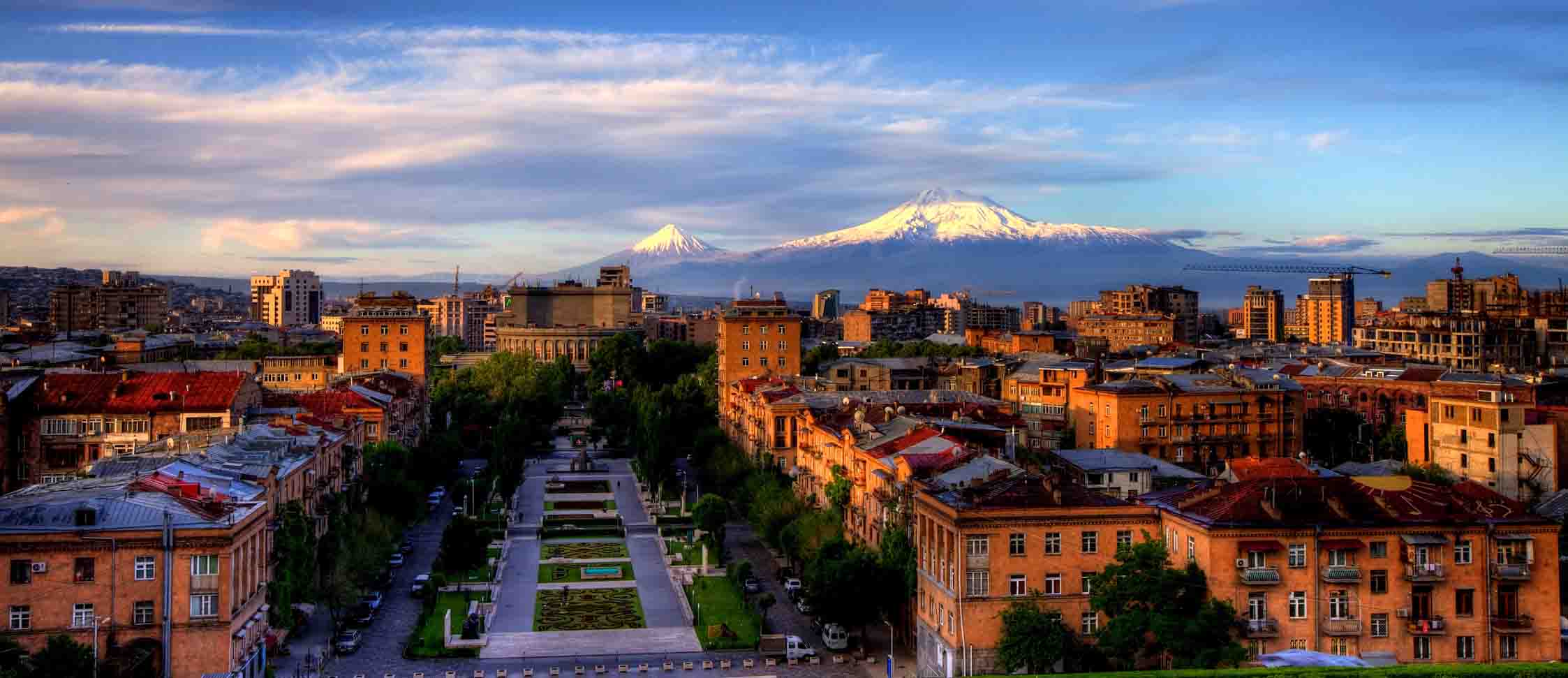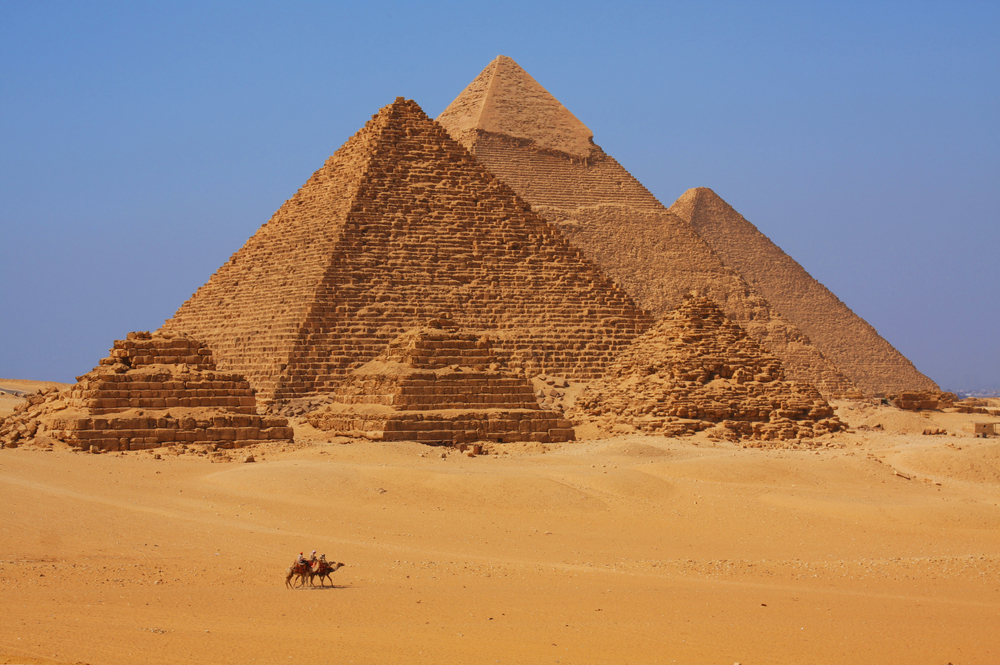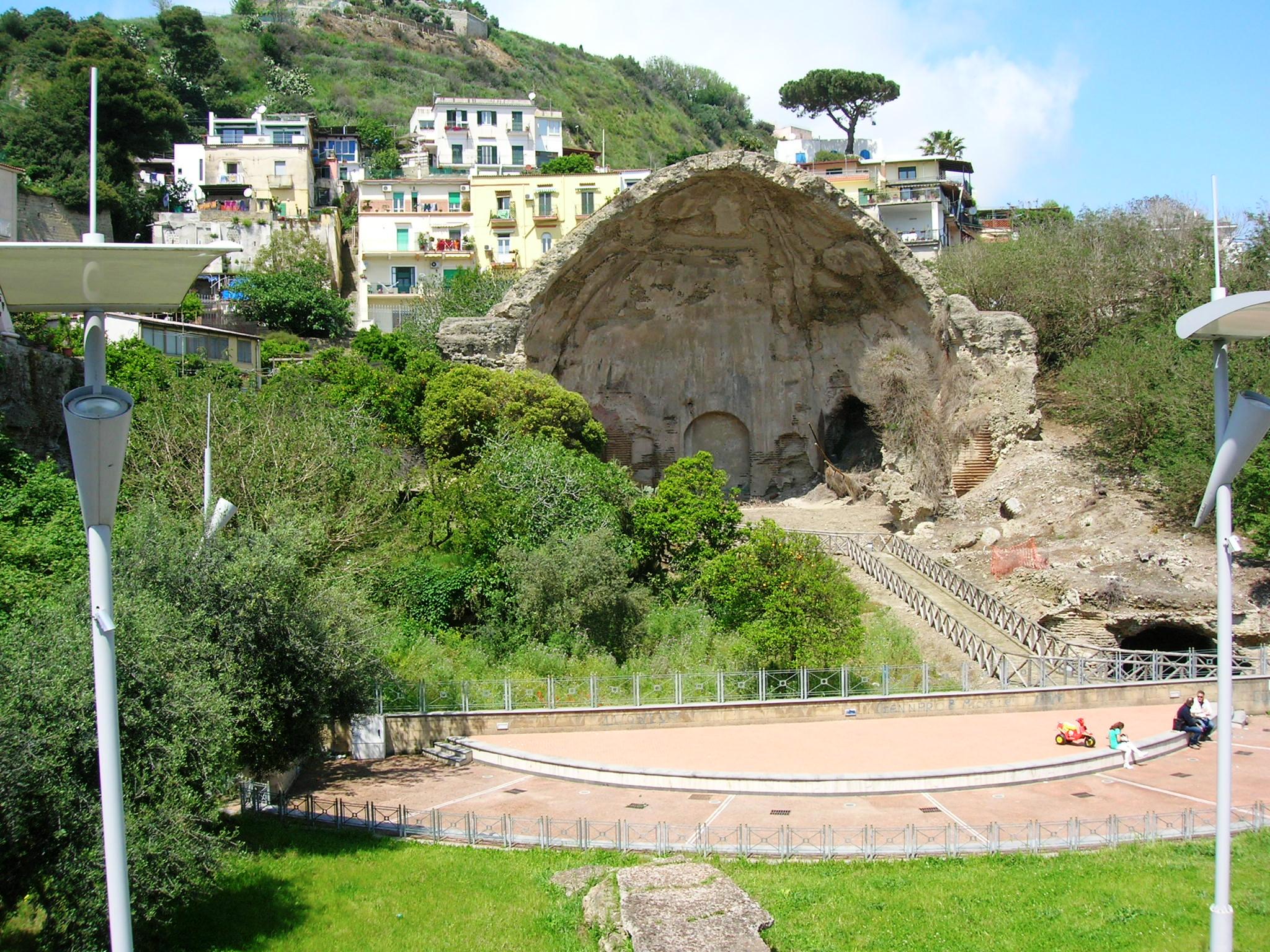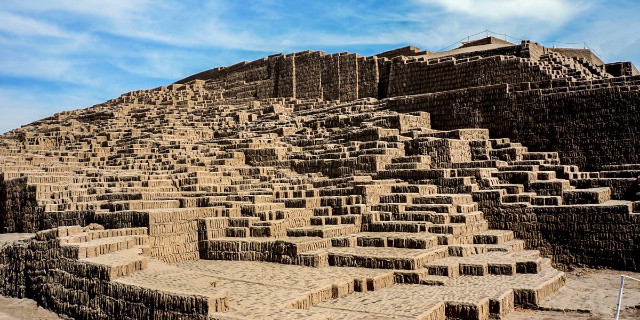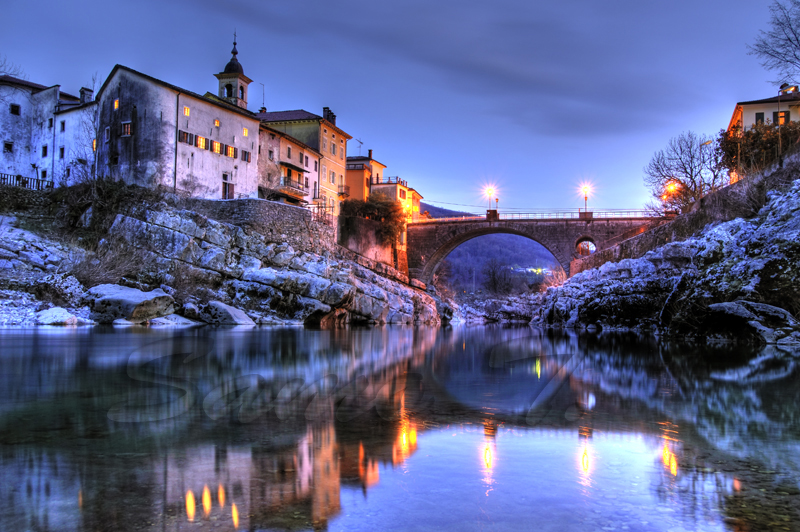It is said that in Dolceacqua you cannot discuss Rossese or michette (the local, delicious, brioche-shaped…), because each inhabitant is convinced he knows more than the others. So just enjoy them, in a village winery or coming out of a bakery in Piazzetta San Sebastiano. We recommend a climb to the Doria castle, passing by the Roman bridge and climbing up the carrugi. If you love Nature and want to get an overview of the Nervia Valley, don’t miss the Visionarium.
The popular meaning of the town’s name, "fresh water," is of ancient origin and derives from the Latin "villa dulciaca," a rustic fund of the Roman era obtained from the personal name "Dulcius" ( sweet ), later transformed into "Dusàiga," the current dialect name, and into the form "Dulcisacqua," the official name in the earliest documents of the 22nd – 14th centuries.
Another interpretation credits the origin of the village to the Celts, who would have called it "Dussaga," later changed to Dulsàga and finally to Dolceacqua.
In the course of the following centuries, at the foot of the castle, purchased in 1270 by the Genoese captain of the people Oberto Doria, the victor of the Pisans at Meloria, and enlarged by his successors, the village of Terra ( Téra in the local dialect ) was developed, following the level lines to the concentric circles around the fortress and connected to each other by steep ramps. The water of the Nervia was brought to feed the fountains and irrigate the vegetable gardens.
In the mid-15th century, the growth of the settlement, which had made the route of Via Castello the main urban road axis, led to the growth of the new Borgo district, across the Nervia stream; the two nuclei were connected by an elegant humpback bridge, with a single arch of 33 meters span.
The Terra district, having exhausted the space available for its expansion, grew in height through the elevation of the houses, which reached as high as six stories; today it preserves intact its medieval atmosphere presents striking corners, where time seems to have stood still.
The history of Dolceacqua is identified with the vicissitudes of the castle and of the Doria seigniory, which boasts among its many characters Caracosa, mother of Admiral Andrea Doria; the dynasty came under Savoy protection and from 1652 was at the head of the Marquisate of Dolceacqua.
The castle underwent several transformations. The primitive feudal structure, defended at the end of the 13th century by the circular tower, was enlarged and included in the 14th century in a larger walled enclosure;in the Renaissance period the castrum became a grandiose fortified lordly residence, with imposing defensive apparatus. After withstanding numerous sieges , it could not, however, stand up to Franco-Hispanic heavy artillery, which partially destroyed it on July 27, 1744, during an episode in the War of the Austrian Succession. No longer inhabited by the family of Marquis Doria, who moved into the 16th-century palace adjacent to the parish church, it suffered its last outrages from the 1887 earthquake.
